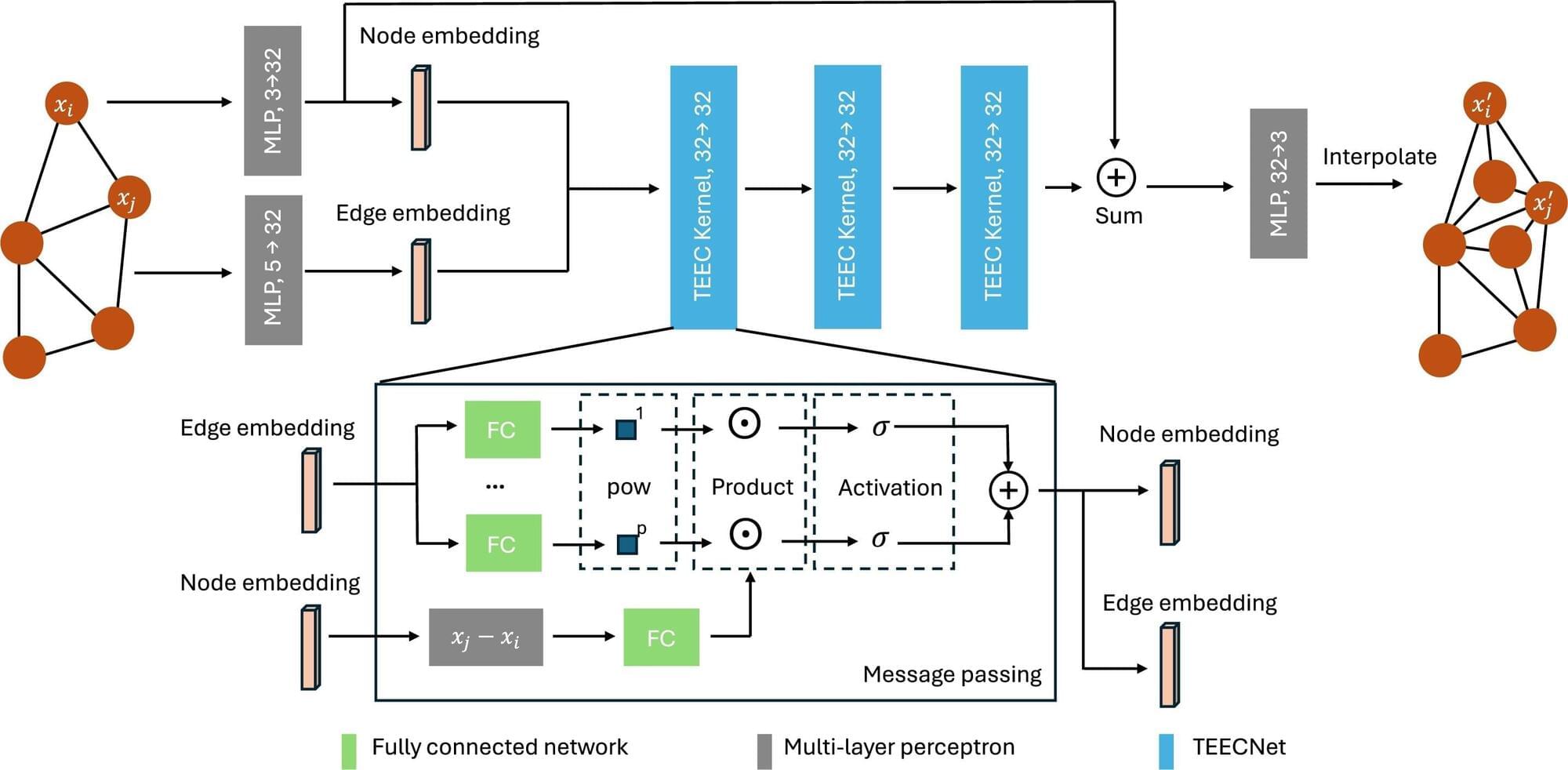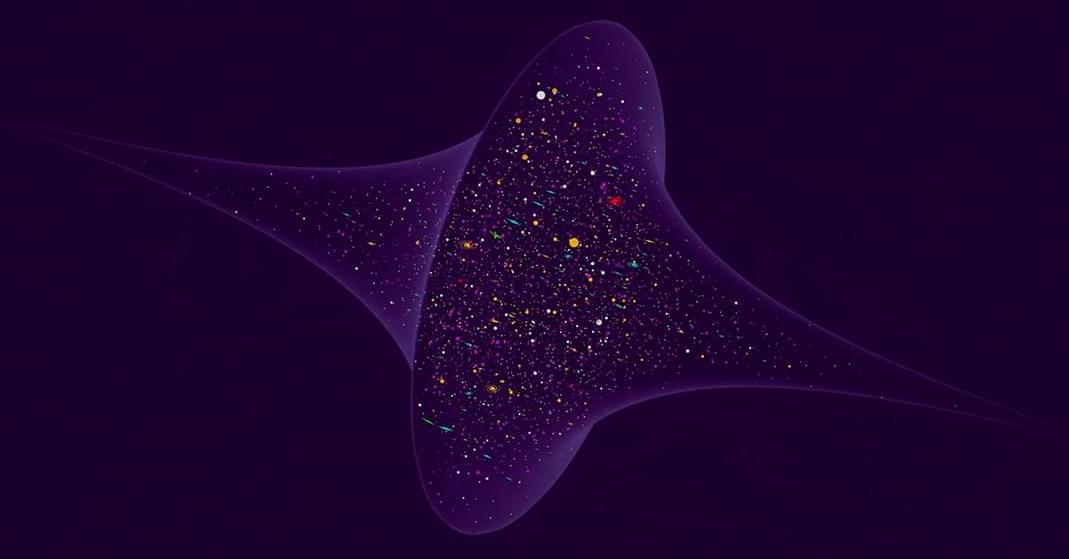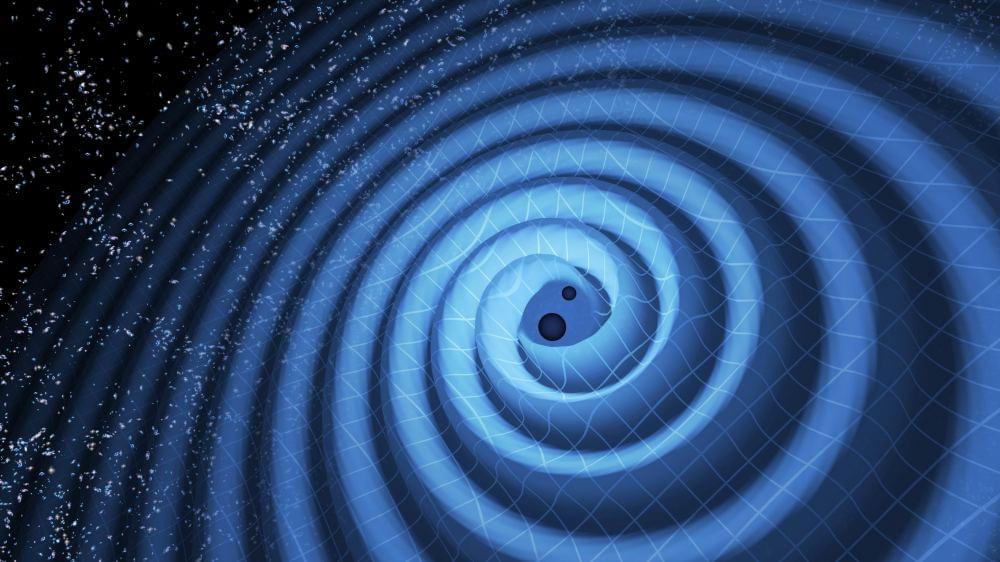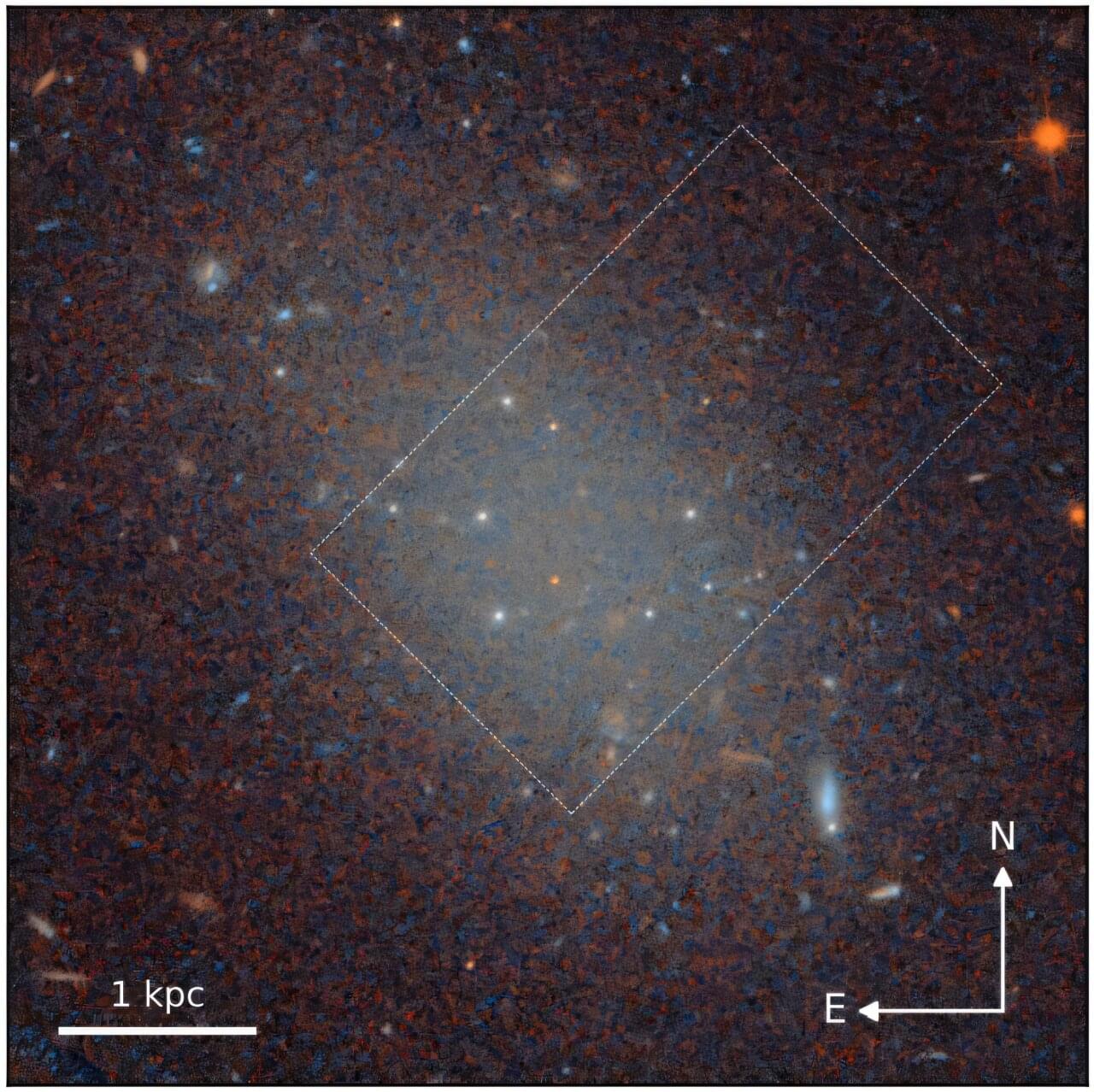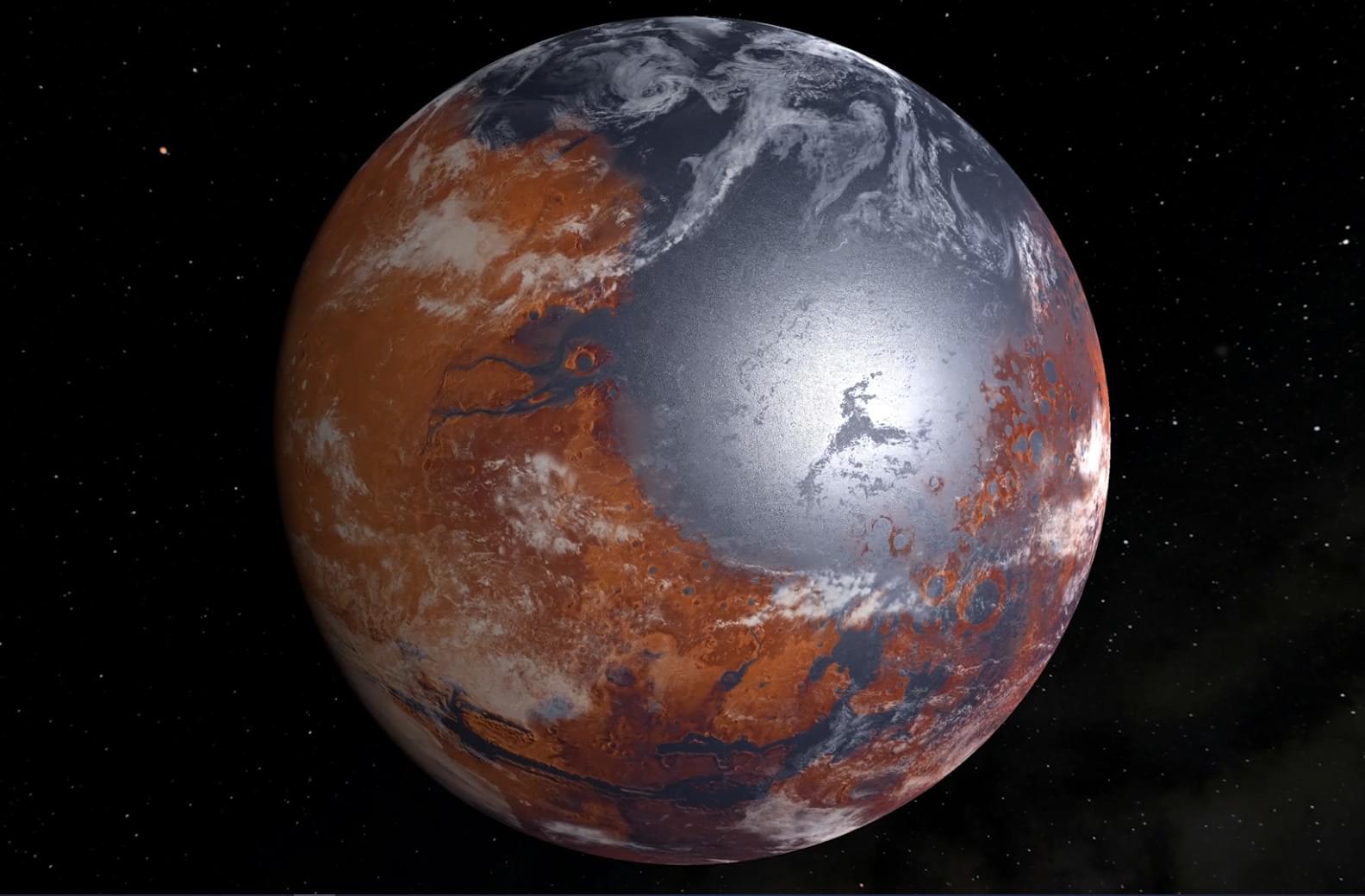Is the universe infinite, Aristotle asked in 350 BCE, “or is this an impossibility? The decision … is … all-important to our search for the truth.” The Greek philosopher opined that “the heavens” (meaning the moon, planets, sun and other stars) travel around the Earth in circles, and that a “body which moves in a circle is not endless or infinite, but has its limit.” Moreover, he assumed that Earth sits at the center of the universe. In that case, the universe must be finite, Aristotle reasoned, for otherwise it could not have a center. With that, he’d apparently resolved an issue that had confounded both his predecessors and his contemporaries.
Circular as Aristotle’s logic was, his conclusion could still be correct. More than two millennia later, we still can’t be sure if the universe is finite or infinite. The universe could be boundless, continuing in all directions without end, or it could be sealed up in a compact shape such as a sphere or doughnut.
Of course, modern scientists have wondered about this issue as well. They’ve devised strategies to investigate the universe’s overall topology, using methods more rigorous than Aristotle’s. The first tests, conducted about two decades ago, linked a range of possible topologies to signals that might have been spotted in astronomical data. Efforts to find those signals have come up short, but hope may be on the horizon.
